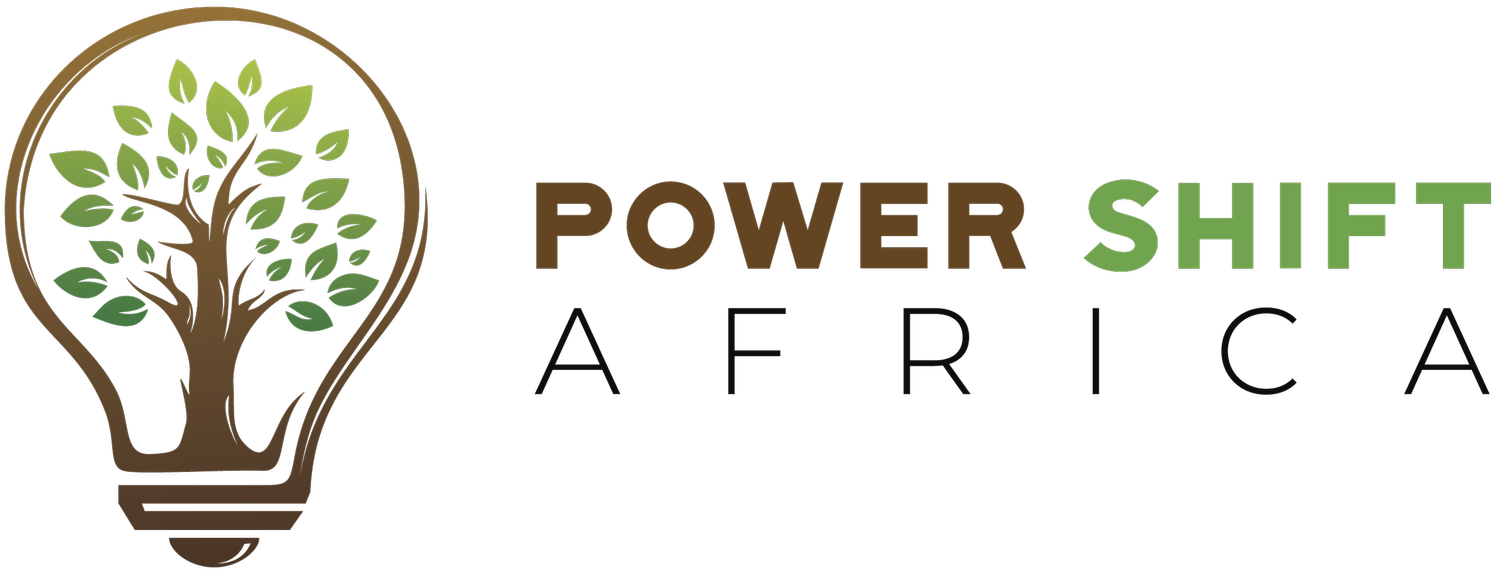Explainer: Understanding Climate Reparations and Africa’s Demand for Climate Justice Ahead of COP30
Ahead of November’s COP 30 in Belem, human rights groups are urging the host, Brazil, to confront the historical roots of the climate crisis by prioritising reparations in the negotiations.
In a letter signed by more than 200 organisations globally, the groups say COP30 should include reparations in the summit agenda.
They say historical crimes, including colonialism, slavery and the slave trade, created the inequalities that plague the world today.
These crimes and their resulting socioeconomic imbalances drive climate vulnerability of the affected communities and limit their access to critical resources, while excluding them from decision-making processes.
‘‘There can be no true climate justice without reparatory justice,’’ the signatories say.
What are climate reparations?
In recent years, climate reparations have gained prominence in climate conversations. But what are they and how do they work?
Also known as payments for loss and damage, these are mechanisms where developed countries or corporations provide developing countries with financial, ecological or systemic compensation for the irreversible losses suffered due to climate change and historical oppression.
Centuries of greenhouse gas emissions, extraction, dispossession and racial violence against African communities left them badly exposed to the vagaries of the climate crisis.
Situation in Africa
All African countries, except Ethiopia and Liberia, were colonised during the scramble and partition of the continent in the 1800s. These countries would remain under brutal colonial rule until the 1950s and 1960s.
The African Development Bank (AfDB) estimates that Africa loses up to 15 percent of its Gross Domestic Product annually to climate impacts.
Meanwhile, some climate-vulnerable nations in Africa believe that climate change has eroded a fifth of their wealth in the past 20 years. Reparations are an attempt to address historical injustices and are, therefore, considered a form of climate debt. They also aim to prevent such injustices from recurring in the future.
Climate reparations versus debt
The increasing frequency and severity of natural disasters in Africa has damaged economies and destroyed critical infrastructure such as roads and housing. This has left countries with less revenue and more expenses to cover.
With minimal resources, the affected countries resort to increased borrowing. ‘‘High-interest rates on emergency loans, limited foreign exchange, and the diversion of funds from essential services to debt repayment trap vulnerable nations in a cycle of debt and climate vulnerability,’’ says Magalie Masamba, a lecturer at the University of Pretoria.
Today, more than 20 low-income countries in Africa are in, or at high risk of, debt distress, data from ONE Campaign shows. ‘‘When countries allocate more funds to debt repayment than to health or climate resilience, the system is not only broken – it is unjust,’’ adds Masamba.
At the same time, rich polluting countries owe Africa US$36 trillion in climate debt as of this year, according to a report by ActionAid.
How do reparations work?
The concept of reparations is anchored on climate justice and the moral imperative of developed nations to support vulnerable countries in rebuilding.
Reparations aim to remedy violations of human rights, including violations that infringe upon the victims’ right to food, health, dignity and life. Acknowledging historical responsibility by polluter countries is the core principle of reparations.
This recognition must be accompanied by support for frontline communities to strengthen their adaptive capacity and build resilience against climate shocks. Financial support that goes into adaptation and mitigation, however, doesn’t constitute climate reparations.
Development aid also doesn’t fall within the bracket of climate reparations. Controversies, though, exist. For years, the subject has divided opinion.
The United States is opposed to the discussion, saying this could lock developed countries into new forms of responsibility beyond the existing international climate commitments and frameworks. The US also feels that major polluters like China, and not just developed countries, should pay reparations.
Has any country paid climate reparations?
To date, no country has formally paid ‘‘climate reparations’’ under an established international legal framework.
However, at COP 28 in Dubai, where the Loss and Damage Fund was made operational, wealthy nations pledged and some made contributions towards the compensation kitty. The Fund for Responding to Loss and Damage (FRLD) does not establish legal liability for climate change or frame the payments as formal reparations.
Contributions are voluntary. As of June 2025, the fund had received about $788 million in pledges. Of this, about $321 million in contributions had been paid.
In a historic opinion in July, the International Court of Justice (ICJ) said rich countries that fail to curb fossil fuels would be ordered to pay reparations.
Additionally, the UN court observed that wealthy nations have an obligation to prevent climate harm.
What else constitutes reparations?
In some cases, reparations may involve other forms of reparative justice, including a formal apology by the culpable country to aggrieved communities.
In 2021, Germany apologised to Namibia for the massacre of more than 100,000 Herero and Nama tribesmen by the German Empire in the early 20th century.
As reparation, Germany offered developmental aid to Namibia. While no payments have been made, Belgium has apologised to the people of the Democratic Republic of Congo for the atrocities suffered during the brutal colonial rule of King Leopold II.
‘‘These reparations involve restitution – such as rebuilding destroyed infrastructure and restoring ecosystems – and also monetary compensation,” said Harj Narulla, a lawyer representing Solomon Islands during the case at the ICJ.

